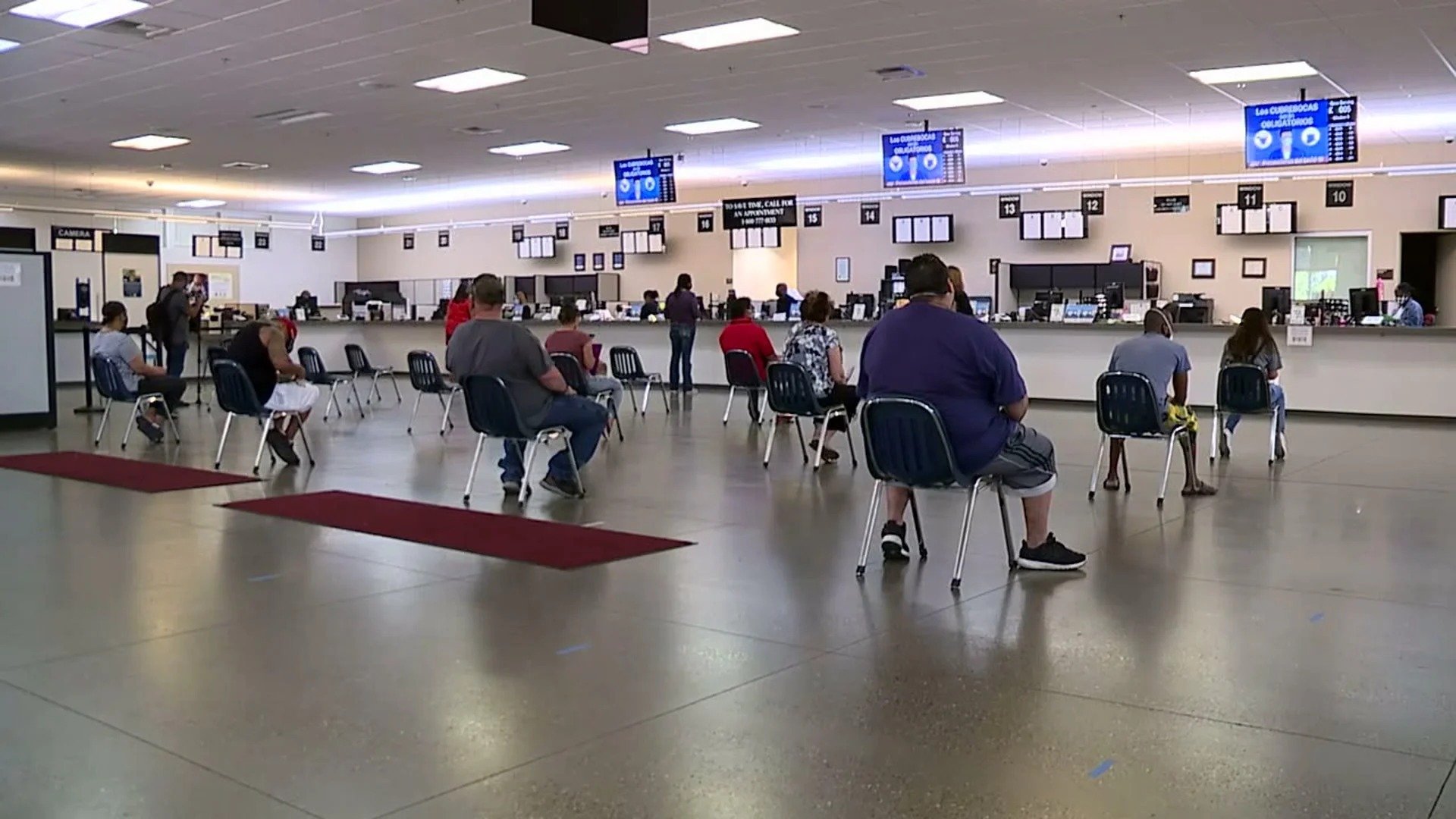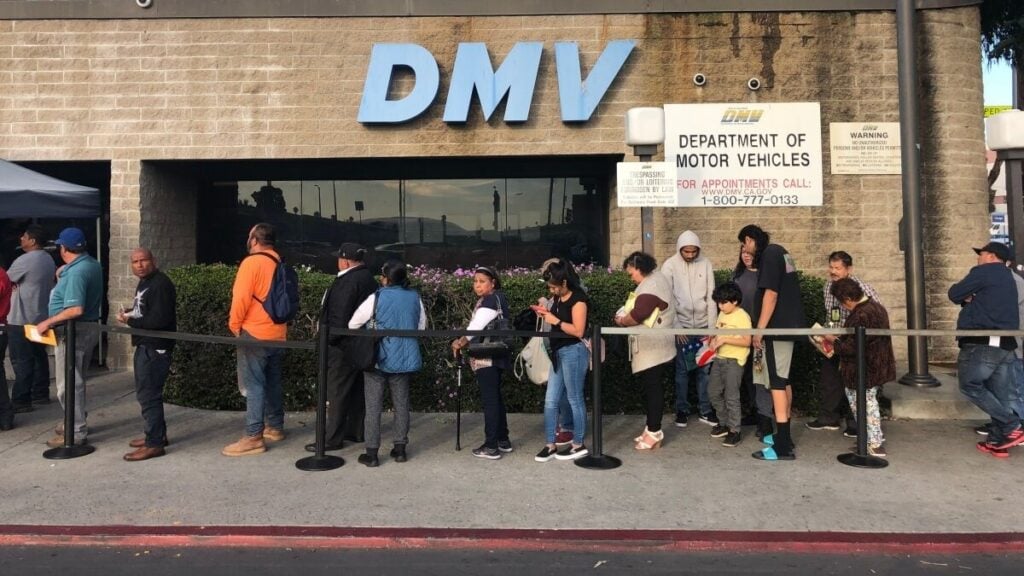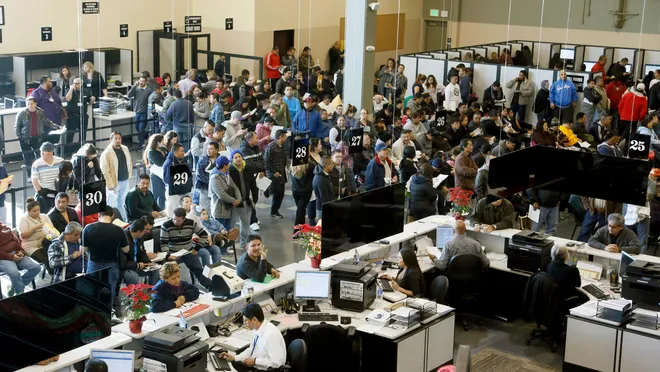The need for streamlined and efficient government services has never been more crucial in today’s rapidly evolving world. As current trends outline, adopting more thoughtful service provision strategies is a pivotal step toward achieving this objective.
By harnessing technology and innovative approaches, governments can optimize their operations, improving responsiveness and heightened citizen satisfaction.
This article delves deeper into the strategies that will improve government efficiency, offering a comprehensive guide on how to enhance government efficiency.
Each facet is vital in creating a more agile and effective public administration, from digital transformation initiatives to data-driven decision-making.
Join us in exploring these actionable insights, paving the way for a more responsive and citizen-centric government.
10 Best Ways to Improve Government Efficiency in 2024
In 2024, government efficiency is paramount. Embracing tools like the Queue Management System for the Public Sector is pivotal in revolutionizing service provision.
Coupled with digital transformation and data-driven strategies, these approaches pave the way for a more responsive and effective government administration.
Let’s explore these methods for efficiency in government in further detail.
1. Continuous Process Improvement
Continuous process improvement involves finding ways to make tasks and procedures better over time. For the government, this means regularly looking at how they do things and finding ways to do them more efficiently and effectively.
It’s like always trying to find ways to do things smarter and faster. There are always things the government can improve on, and continuous process improvement helps them do that.
2. Queue Management Systems
Queue Management Systems are like helpful guides in places where many people wait for service. They organize lines and make sure everyone gets served in a fair order.
This improves customer experience in government offices by reducing wait times and making the process smoother. It’s like having a plan in a busy place to make sure everyone gets what they need without fuss.
3. Transparency and Accountability
Transparency and accountability are like bright lights that help us see how well our government works. They show us what’s happening and how decisions are made.
When we know what’s happening, spotting areas where government efficiencies can be improved is easier. It also helps us figure out how we can improve our political system.
4. Digital Transformation
Digital Transformation involves using the latest technology to upgrade how the government operates. It’s like adopting the best practices of the digital age to work smarter and faster.
The benefits are immense, from providing quicker services to citizens to making data more accessible for informed decisions.

5. Data-Driven Decision-Making
Data-driven decision-making is instrumental in how the government can promote economic efficiency.
The government can make informed choices about resource allocation and policy-making by utilizing concrete facts and figures. Every decision contributes to a more economically efficient and prosperous society.
6. Citizen-Centric Service Design
Citizen-Centric Service Design focuses on tailoring services to meet individuals’ specific needs and preferences. It’s like customizing a service to fit like a glove.
This approach ensures that citizens receive the assistance they require in a way that suits them best, leading to higher satisfaction and engagement with government services.
7. Streamlined Bureaucracy
Streamlined Bureaucracy enhances government responsiveness by simplifying administrative procedures. It’s like removing unnecessary steps in a process, making it quicker and more efficient.
This ensures that government agencies can swiftly address citizens’ needs and deliver services promptly.
8. Employee Training and Development
Employee Training and Development plays a crucial role in enhancing government efficiencies. Investing in employees’ skills and knowledge enables the government to perform their roles more effectively and contribute to a smoother and more streamlined operation. This, in turn, leads to improved overall efficiency in government processes and services.

9. Performance Metrics and KPIs
Performance Metrics and Key Performance Indicators (KPIs) are like government efficiency scorecards. They provide clear benchmarks to assess the performance of different processes and initiatives.
By tracking these metrics, the government can identify areas for improvement and make informed decisions to enhance overall efficiency in its operations and service delivery.
10. Stakeholder Engagement and Feedback Loops
Stakeholder Engagement and Feedback Loops are like open communication channels between the government, its partners, and citizens.
It’s about actively involving everyone with an interest or a stake in government decisions and policies. This ensures that their perspectives are considered, leading to more informed and effective choices.
How to improve government efficiency? – FAQs
How Do We Make Our Government More Effective?
Making government more effective involves implementing transparent policies, embracing technology for streamlined services, and engaging citizens in decision-making.
What Is The Efficiency Of Government?
Government efficiency refers to how well it utilizes resources to achieve its objectives, ensuring that services are delivered promptly and cost-effectively.
Why Is Efficiency Important In Government?
Efficiency is vital in government to ensure that taxpayer resources are used judiciously, leading to better services, reduced waste, and increased public trust.
What Factors Lead To A Successful Government?
A successful government is characterized by strong leadership, effective policies, engaged citizens, and the ability to adapt to changing circumstances for the betterment of society.
What are the Six Factors for Improving Government Performance?
The six factors for improving government performance, as commonly identified in public administration and policy literature, include:
- Performance Measurement and Management
- Employee Engagement and Capability
- Customer Focus
- Innovation and Technology
- Collaboration and Partnerships
- Accountability and Transparency
Final Words
In pursuing progress, the call to improve government efficiency resonates powerfully. It is the cornerstone for a more responsive, transparent, and effective administration.
We forge a brighter future by embracing innovation, citizen-centric approaches, and leveraging technology. Each endeavor to enhance efficiency is a step closer to a government serving and empowering its citizens, ensuring a legacy of progress for future generations.
Let us stand united in this endeavor, knowing that we lay the foundation for a stronger and more prosperous society in the pursuit of improved government efficiency.
BOOK A FREE DEMO





